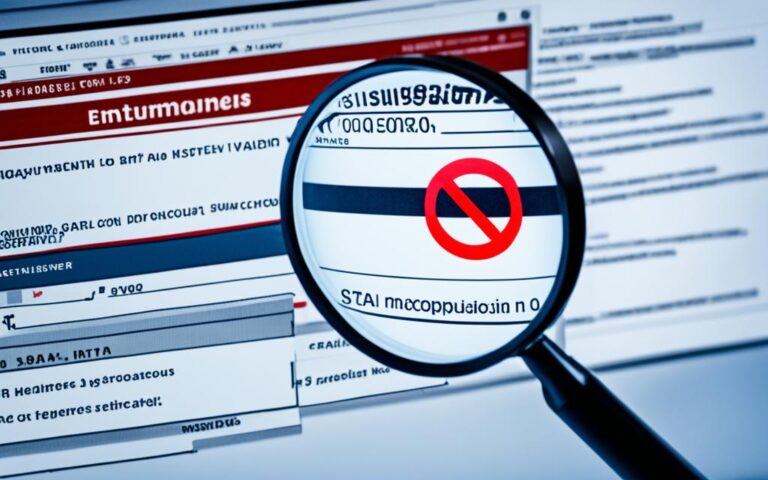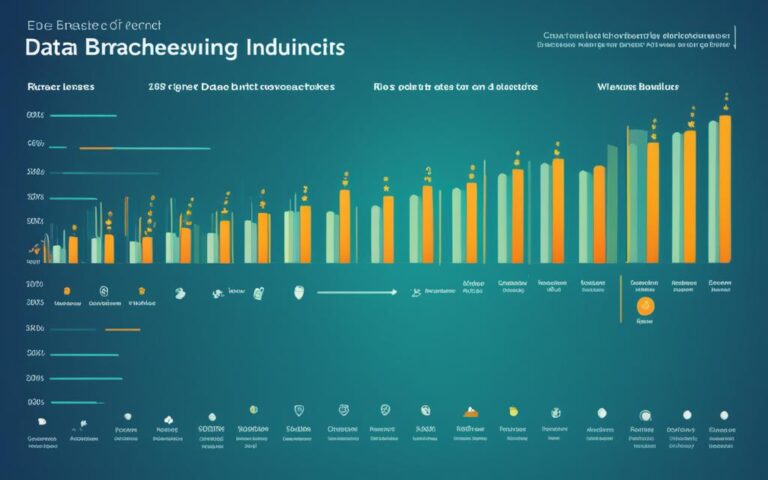Planning for End-of-Life: Data Destruction for Mobile Devices
Mobile devices have become an integral part of our lives, and with the constant advancements in technology, we often find ourselves replacing our devices with newer models. However, what many people fail to consider is the security of their data when disposing of their old devices. Improper handling of end-of-life mobile devices can pose a significant risk to data security and privacy. In this article, we will explore the importance of mobile device data planning and the various methods of data destruction to ensure the secure disposal of sensitive information.
The Lifecycle of Technology and Data Insecurity
In the past, the treatment of end-of-life technology and data security was often overlooked. Companies simply stored old equipment in a closet, disregarding the potential risks of data breaches. This intentional vulnerability, coupled with the rapid growth of electronic waste (e-waste), has resulted in significant data insecurity.
The first documented case of internet hacking dates back to 1989, underscoring the importance of data protection. As technology continues to advance, data breaches have become more prevalent, making data insecurity a pressing concern for businesses and individuals alike. Companies are now recognizing the need for data destruction during the end-of-life process to mitigate the risk of data breaches.
Methods of Data Destruction
There are several methods of data destruction to ensure the complete and irreversible destruction of sensitive information on mobile devices. One common method is overwriting, which involves replacing existing data with random data or patterns. This process makes the original data unreadable and unrecoverable.
Another method is degaussing, which involves using a high-powered magnet to disrupt the magnetic field of the storage medium, rendering the data inaccessible. By exposing the device to a powerful magnetic field, all stored data is effectively erased, eliminating any possibility of recovery.
Physical destruction, such as shredding or pulverising, is another effective method that completely destroys the data-bearing device. This method physically breaks down the device into small pieces, ensuring that no data can be retrieved. It is a particularly secure method that is often used when there is a need for absolute certainty that the data is completely destroyed.
Each method has its own benefits and considerations, and the choice of method depends on factors such as security requirements, cost, and the type of data being stored. Organizations must carefully assess these factors and select the most appropriate method of data destruction to ensure the protection of sensitive information.
Overwriting
Overwriting is a method of data destruction that involves replacing existing data with random data or patterns. This process makes the original data unreadable and unrecoverable. By overwriting all sectors of the storage medium multiple times, any traces of the previous data are effectively removed. The number of times the data is overwritten depends on the level of security required.
Degaussing
Degaussing is a method of data destruction that involves using a high-powered magnet to disrupt the magnetic field of the storage medium. This process renders the data inaccessible by erasing the magnetic patterns that represent the stored information. Degaussing is commonly used for magnetic storage media, such as hard drives and magnetic tapes.
Physical Destruction
Physical destruction is a method of data destruction that involves physically breaking down the data-bearing device, rendering it inoperable and ensuring that no data can be retrieved. This method is often used for devices that cannot be effectively overwritten or degaussed, such as solid-state drives (SSDs) or physically damaged devices.
In summary, the methods of data destruction, including overwriting, degaussing, and physical destruction, offer different levels of security and effectiveness. Organizations must carefully consider their specific requirements and select the most appropriate method to ensure the complete destruction of sensitive information on mobile devices.
Importance of Proper Data Destruction
Proper data destruction is crucial for both data security and legal compliance. Many countries, including the United Kingdom, have implemented regulations to safeguard personal information. The General Data Protection Regulation (GDPR) established stringent standards for data protection and imposes substantial fines for non-compliance. By ensuring the secure disposal of mobile devices through data destruction, businesses can avoid legal consequences and safeguard the privacy of their customers.
Moreover, proper data destruction also has significant environmental benefits. Responsible recycling and disposal of electronic waste help minimize the environmental impact. By disposing of mobile devices containing hazardous materials in a responsible manner, businesses can support sustainable practices and contribute to a healthier planet.
Data Security
Data security is a critical consideration in today’s digital landscape. Improper disposal of mobile devices can lead to data breaches and compromise sensitive information. Hackers and identity thieves actively target discarded devices to extract valuable data. By implementing data destruction practices, businesses can ensure that confidential information remains unrecoverable, preventing potential security breaches and protecting the interests of their customers.
Legal Requirements and GDPR Compliance
Businesses operating in the United Kingdom must adhere to legal requirements to protect personal information. The GDPR sets strict guidelines for data protection, ensuring that individuals’ privacy rights are respected. Failure to comply with these regulations can result in severe penalties and reputational damage. By incorporating proper data destruction practices into their end-of-life processes, businesses demonstrate their commitment to legal compliance and gain the trust and loyalty of their customers.
Environmental Impact
The improper disposal of electronic waste poses significant environmental risks. Mobile devices contain hazardous materials that can contaminate soil, water, and air if not handled responsibly. By recycling and properly disposing of electronic waste, businesses can minimize the environmental impact and contribute to a sustainable future. Responsible electronic waste management reduces the energy and resource consumption associated with the production of new devices, conserving valuable natural resources.
Proper data destruction is not just a matter of data security and legal compliance; it is also an opportunity for businesses to make a positive impact on the environment. By prioritizing secure data destruction and responsible electronic waste management, businesses can protect their interests, comply with regulations, and contribute to a more sustainable world.
Conclusion
In today’s digital age, secure data destruction and end-of-life planning for mobile devices are critical for maintaining data privacy and security. With the constant advancements in technology and the growing risks of data breaches, it is essential for businesses and individuals to prioritize the proper disposal of their old devices.
Implementing effective data destruction methods, such as overwriting, degaussing, or physical destruction, ensures that sensitive information remains irretrievable. By incorporating data destruction into the technology lifecycle and adhering to legal regulations, businesses can protect their valuable data and safeguard the privacy of their customers.
Proper end-of-life planning for mobile devices not only helps to prevent data breaches but also ensures compliance with legal requirements, such as the General Data Protection Regulation (GDPR). Compliance with these regulations is crucial to avoid significant fines and reputational damage. Additionally, responsible data destruction practices have environmental benefits, reducing the impact of electronic waste on the environment.
In conclusion, secure data destruction and end-of-life planning should be an integral part of mobile device planning. By prioritizing data privacy and security, businesses and individuals can mitigate the risks of data breaches while ensuring compliance with legal requirements. Investing in proper data destruction methods not only protects sensitive information but also contributes to a more sustainable and environmentally conscious approach to technology disposal.
FAQ
Why is proper data destruction important for mobile devices?
Proper data destruction is important for mobile devices because it ensures the secure disposal of sensitive information, protecting data security and privacy.
What are the methods of data destruction for mobile devices?
The methods of data destruction for mobile devices include overwriting, degaussing, and physical destruction.
What is overwriting?
Overwriting involves replacing existing data with random data or patterns to make the original data unreadable and unrecoverable.
What is degaussing?
Degaussing involves using a high-powered magnet to disrupt the magnetic field of the storage medium, rendering the data inaccessible.
What is physical destruction?
Physical destruction refers to methods such as shredding or pulverising, which completely destroy the data-bearing device.
Why is data destruction important for legal compliance?
Data destruction is important for legal compliance because many countries, including the United Kingdom, have regulations in place to protect personal information.
What are the environmental benefits of proper data destruction?
Proper data destruction has environmental benefits because recycling and disposing of electronic waste responsibly can minimize the impact on the environment.
Why should businesses prioritize the secure disposal of old mobile devices?
Businesses should prioritize the secure disposal of old mobile devices because of the rapid advancements in technology and the increasing risks of data breaches.













